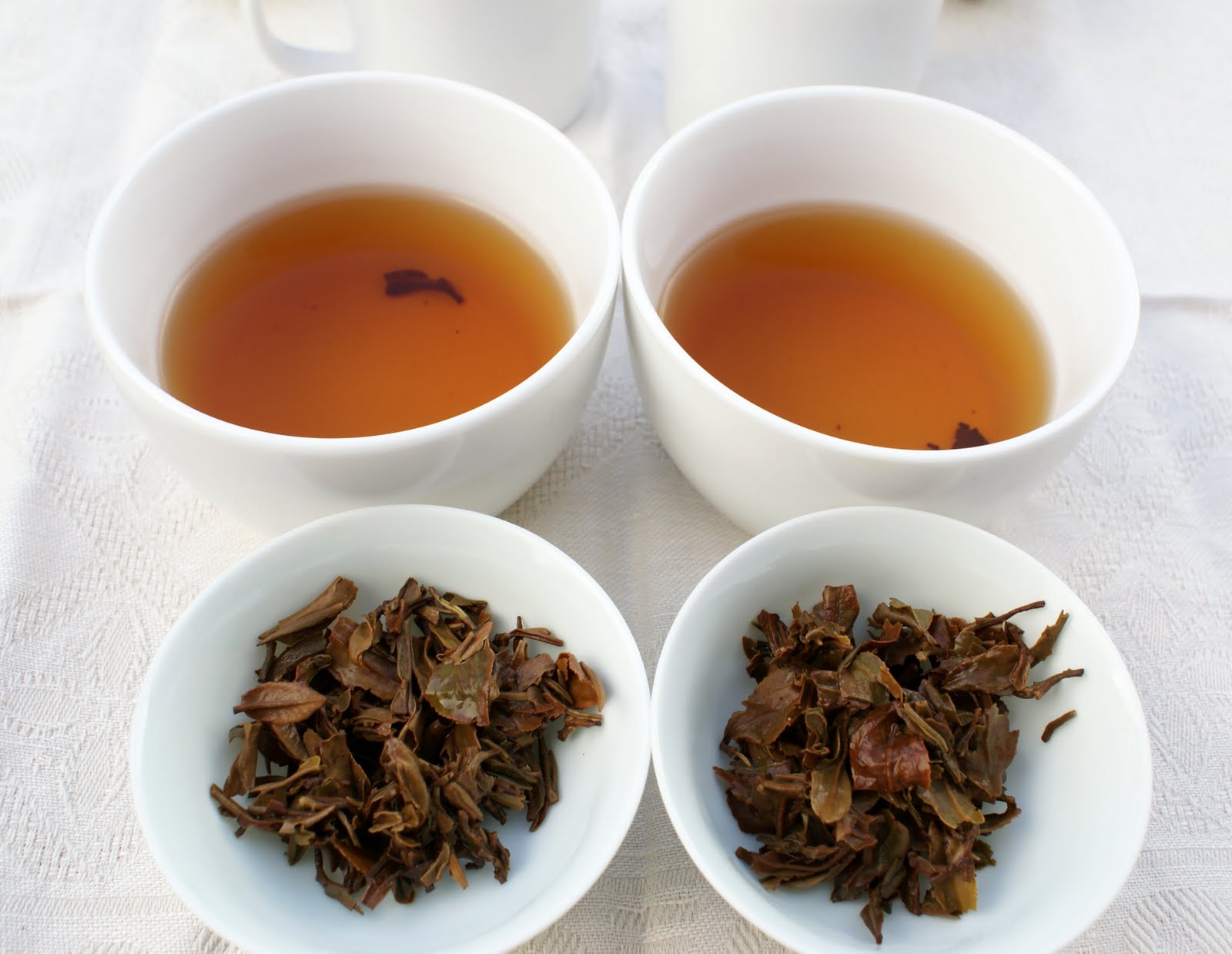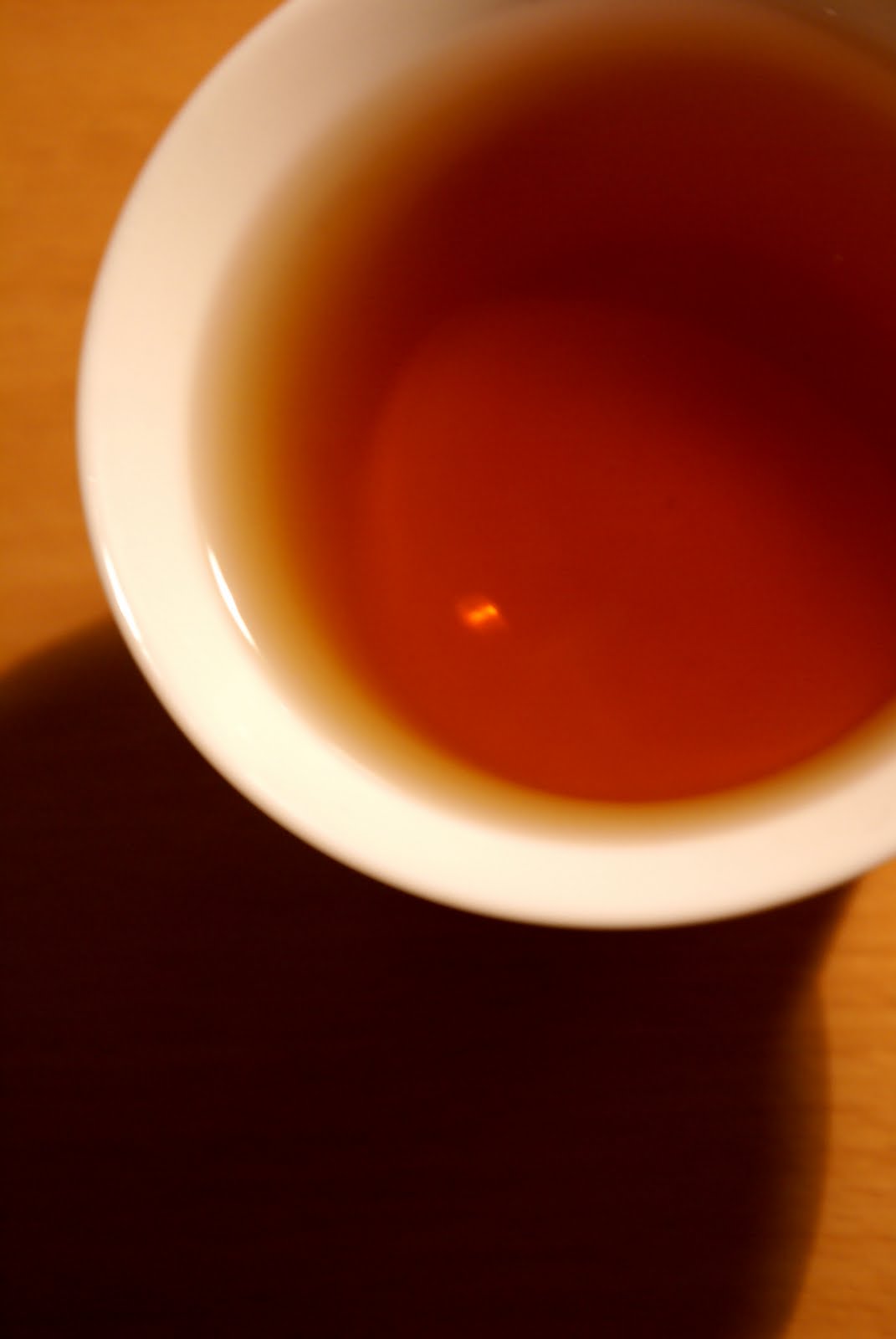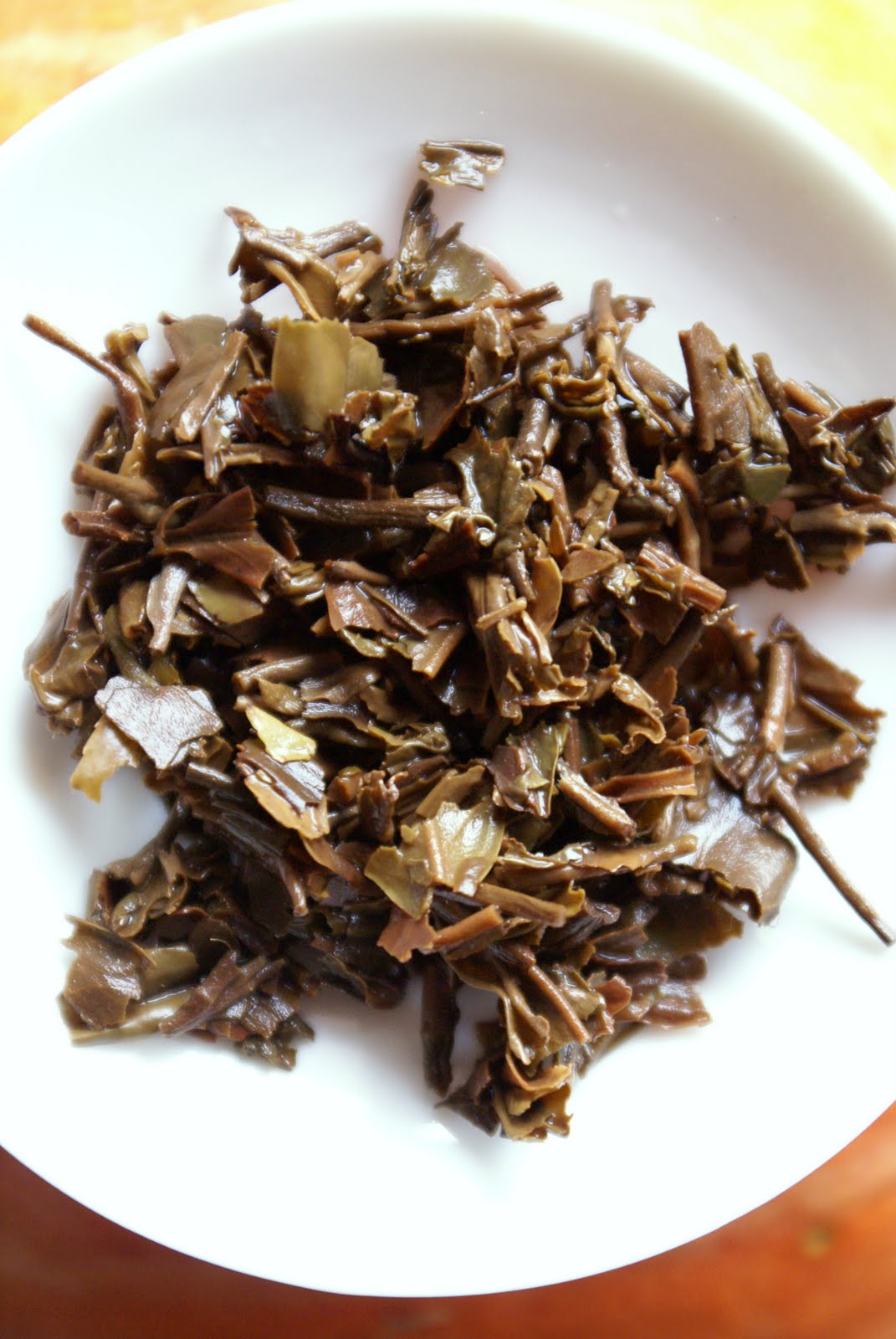2009 Darjeelings (1): Margaret’s Hope
Posted on 8 November 2009
Over the next few days I’ll be posting reviews on a wide range of 2009 Darjeeling teas (interspersed with some wine talk for those uninterested in tea). All these are first and second flush teas sourced from Lochan Tea Ltd. but coming from renowned gardens, they can easily be obtained from other merchants. All teas were tasted several times including in competition standard (2g / 100ml boiling water / 5 minutes) and in large pot; my tasting notes are a summary of those several tastings.
Today I look at three samples from the Margaret’s Hope Estate, on which there’s information here.
A. 1st Flush FTGFOP1 China Special
B. 2nd Flush FTGFOP1
C. 2nd Flush Muscatel (see Facebook tasting)
A. 1st Flush FTGFOP1 China Special
B. 2nd Flush FTGFOP1
C. 2nd Flush Muscatel (see Facebook tasting)
2009 1st and 2nd Flush assessment.
As a side note, I remain confused by the many subgrades and additional appellations of Darjeeling teas. While it’s more or less clear what an FTGFOP1 is, the difference between various FTGFOP1s from the same estate and same flush isn’t clear at all. Nor is it easily grasped what ‘China’, ‘Clonal’, ‘Special’ mean, while other categories such as ‘Tippy’, ‘Imperial’, ‘Muscatel’ are entirely discretional.
It’s the usual practice of most merchants to offer a tea generically named Margaret’s Hope First Flush. There being several dozen second flush offerings from Margaret’s Hope, it’s always necessary to ask for a more specific name. But when, like in this case from Lochan, you learn that the tea in question is a First Flush FTGFOP1 China Special, how does it differ from a First Flush FTGFOP1 that’s not China and not Special? I’m often of the impression that even tea estate managers are rather vague on this. For easy reference and comparison it would be so much more useful to code teas with a ‘bin number’ or similar, so you’d know the First Flush FTGFOP1 #138 is the same you tried a few months ago from another source. Am I being too meticulous?
It’s the usual practice of most merchants to offer a tea generically named Margaret’s Hope First Flush. There being several dozen second flush offerings from Margaret’s Hope, it’s always necessary to ask for a more specific name. But when, like in this case from Lochan, you learn that the tea in question is a First Flush FTGFOP1 China Special, how does it differ from a First Flush FTGFOP1 that’s not China and not Special? I’m often of the impression that even tea estate managers are rather vague on this. For easy reference and comparison it would be so much more useful to code teas with a ‘bin number’ or similar, so you’d know the First Flush FTGFOP1 #138 is the same you tried a few months ago from another source. Am I being too meticulous?
1st Flush FTGFOP1 China Special and 2nd Flush FTGFOP1.
On to the teas. The dry and wet leaf shows some minor differences that can be summarised thus: ‘C’ is more fragmented than ‘A’ or ‘B’. ‘A’ and ‘B’ are similar in showing impressively healthy, intact young leaves, but ‘B’ has somewhat larger leaves. A seems to have a bit more tips than ‘B’, which has very few. The leaf oxidation on all three samples is moderate, leaves are of the lighter shades of brown, and show a pleasantly crisp, herby-spicy (bergamotty) aroma, although ‘C’ is a little fruitier, applier, with a hint of that elusive grapey ‘muscatel’ character.
The above being said, the differences in flavour areminor. If tea ever has the bad luck to be rated on a 100-point scalesimilarly to wine, I’d score these teas less than 1 point apart.
Tea‘A’ is the lightest of the three and has the most pronounced bouquet ofdried aromatic herbs (verbena / bergamot). It has good body and goodlength but very limited astringency. It shows a dynamism and poignancythat ‘B’ and ‘C’ are lacking. On the finish there’s a pronounced nutty(hazelnutty?) note.
Tea‘B’ is best described as ‘complete’. It is a bit less punchy than ‘A’but adds just a bit more roundness and mid-palate filling. Thanks tothis, it seems even less tannic than ‘A’. There might just be a touchmore oxidation. Still light-bodied but deeper. Excellent tea.
2009 2nd Flush Muscatel.
Tea ‘C’ is centered around that faint grapey-appley ‘muscatel’ note. It is also a little drier on the throat, showing a more autumnal character than the 2nd Flush ‘B’. It is easier to overbrew (fragmented leaves), and contrasts with the light citrusy character of ‘A’. I’m much enjoying the second brewing here, which shows an exciting muscatel and bitter chocolate character. But in a way it’s the least eloquent of the three. A slightly lower grade?
This is a trio of seriously good teas from one of Darjeeling’s most famous estates. But I often find Margaret’s Hope teas to be somewhat on the safe side. Their aroma and flavour are consistently in the middle of the Darjeeling spectrum. The quality is very good indeed but I find them to lack the assertiveness of e.g. Castleton, the precision of Jungpana or the sprite of Giddapahar. The 2009 2nd Flush Muscatel is a good example. It has all you can expect from its appellation but somehow lacks sparkle.
2009 2nd Flush Muscatel.







